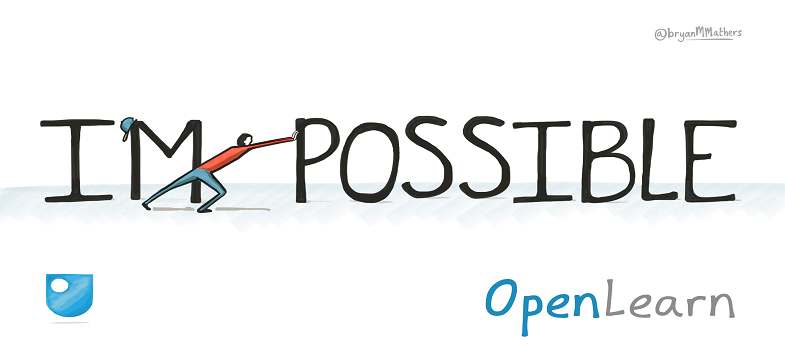2.6 Using rich media
Deciding how to use digital media within your course is fundamental to its success and is also likely to be heavily driven by your budget, i.e. using existing material versus creating new material. Using appropriate digital media will not only enhance the look and feel of the course that you are designing but also support the learner in their studies, aid in learner retention and encourage completion of the course. Not all the people who choose to study your course will have preferences for the same digital media so creative use of assets will help address this issue and widen accessibility. Creating a course which is enhanced by rich digital media will offer a degree of flexibility in the course design. The course author should also be mindful that some learners may have a disability and therefore may not be able to use some or all of the assets that are created for the course. It is important to consider alternative formats of assets which can be broadly accessed but that also afford the same learning opportunities.
When selecting audio or video from elsewhere e.g. channels such as YouTube [Tip: hold Ctrl and click a link to open it in a new tab. (Hide tip)] , it is good practice to attribute the author and refer to the associated licence for re-use. Examples of the various types of rich media are now discussed, with associated examples. Considering these should help when planning what you have the time to develop yourself, or collate from other sources, for your course.
2.5 Course delivery approach
